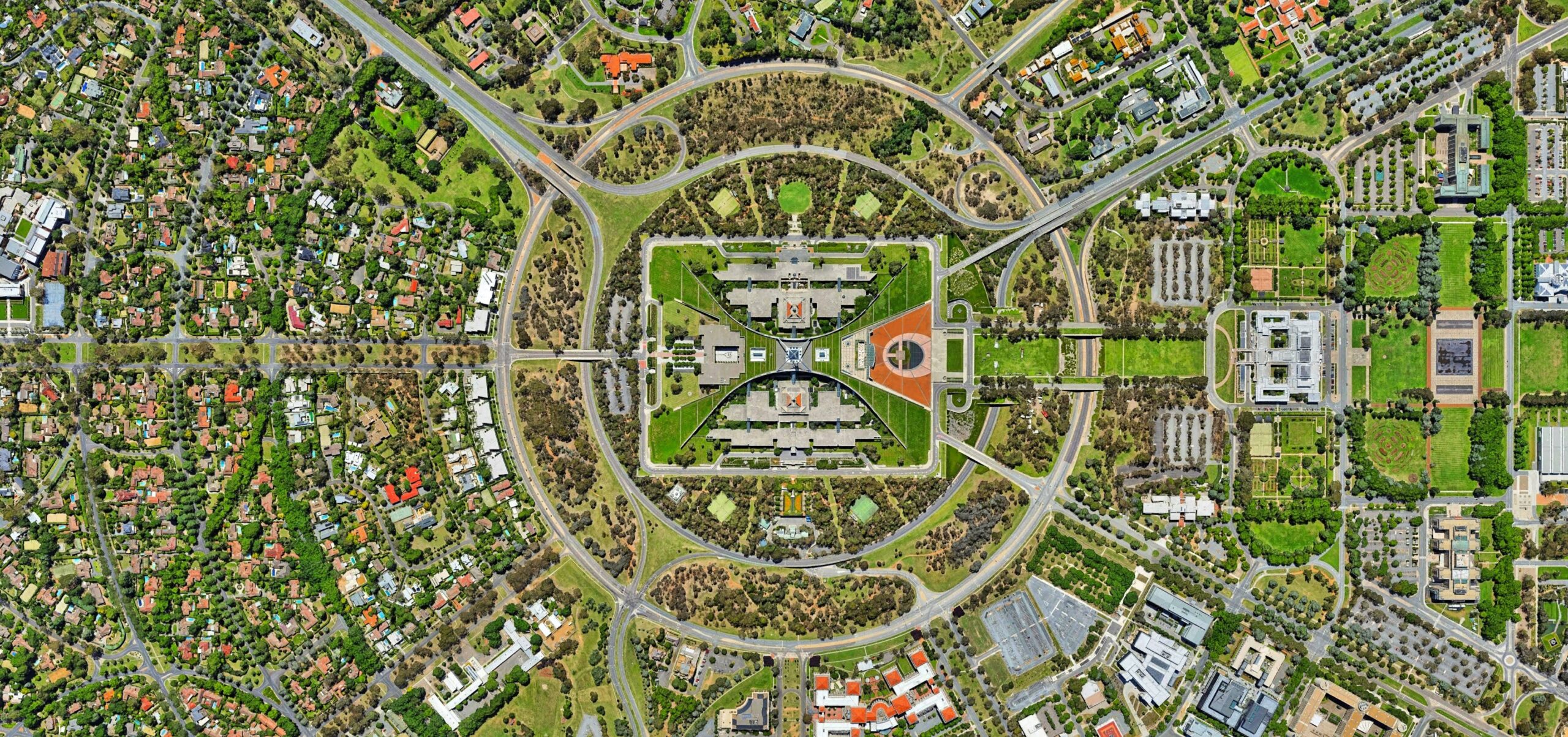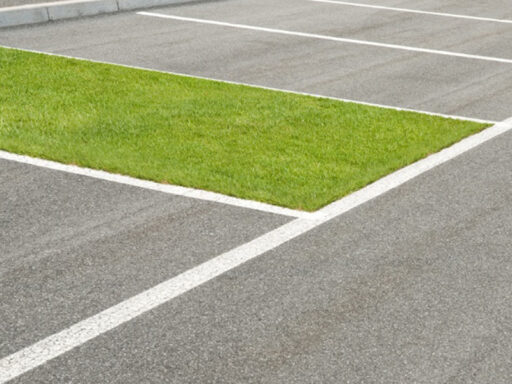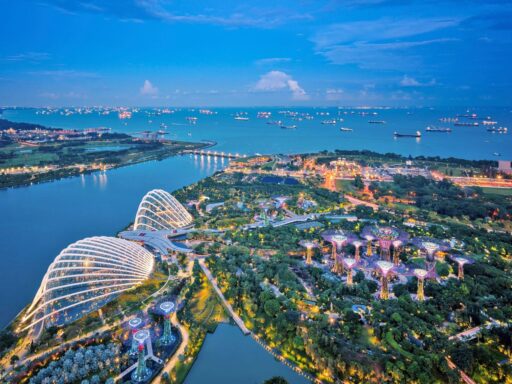Green urban planning
Green urbanism means rethinking green as an urban infrastructure

Green urban planning means rethinking green as an urban infrastructure, landscape as a strategic vision and reforestation as an intervention to be proposed in cities.
The design of open spaces, to enhance and make urbanized, marginal and fringe parts of the built area more liveable, presupposes ensuring urban regeneration, through parks, green infrastructures, natural areas and agro-landscape systems.
The renewal process of the fringe areas of the cities must be framed in territorial and urban development strategies in which the landscape design starts from the needs expressed by each place, accepting proactively the challenges present in the social, cultural and environmental spheres.
Already in the Middle Ages the extramoenic area was, for Siena, a mirror of the city government, which expressed itself in the Palazzo Pubblico with the splendid frescoes by Ambrogio Lorenzetti "The Effects of Good Governance in the city and in the countryside". The "good government" had already distinguished itself with an admirable work that had led to the reclamation of land where rainwater flowed into what is now the Piazza del Campo, a space used for markets, located along the roads that led to Rome and Florence.
The history of Siena can rightly give indications to modern urban planning, since in the "Constitution" of the city, in 1309, those who governed had to have as their objective "the beauty of the city, for the sake of pleasure and joy for foreigners, for honor , prosperity and growth of the city and citizens ”.
As happened in the past, when caring for one's environment reflected good administration, the face of the cities of the future should be marked by beauty that translates into sustainability, harmony between built and free areas.
To design and govern the territory, the tools used by many cities are urban and peri-urban green plans or territorial strategic plans in which the landscape architect fits in by interpreting the needs of a constantly changing society and makes use of many other disciplinary skills ( pedology, geology, naturalistic engineering, transport, etc.).
We live in a very delicate period in which all our consolidated codes are in transformation, architecture as culture and environment as nature, represent everything that surrounds us. Culture and nature reproduce the continuous dialectical relationship between the built environment and the landscape, agriculture and wild nature. The hand of man, with Green Urban Planning, is inserted to alleviate the fractures created by an unhealthy management of the environment in which the urban, peri-urban and countryside space is insensitive to the nature of the places.
Green Urban Planning has an ecological value for structural plans and, in general, for any urban-building instrumentation and is a virtuous way to establish the continuous dialectic between built and non-built, between nature and culture, so that the hand of man is imperceptible. Working in nature, interacting with pedology, it is possible to integrate into degraded territories and change them by carrying out a naturalistic engineering function, favoring biodiversity.
Green Urbanism does not simply deal with green design, but with the relationship between built and unbuilt, having an overall consideration of public space with a new naturalness that gives absolute priority to ecological quality and sustainability. Green economy and circular economy, combining innovation, saving and efficient use of resources, offer resilient resistance to the senseless use of environmental resources. And this is how Green City can become increasingly smart, promoting savings and the efficient use of resources, pursuing the goal of mitigation and adaptation to climate change.
Francesca Ferraro architect
































































